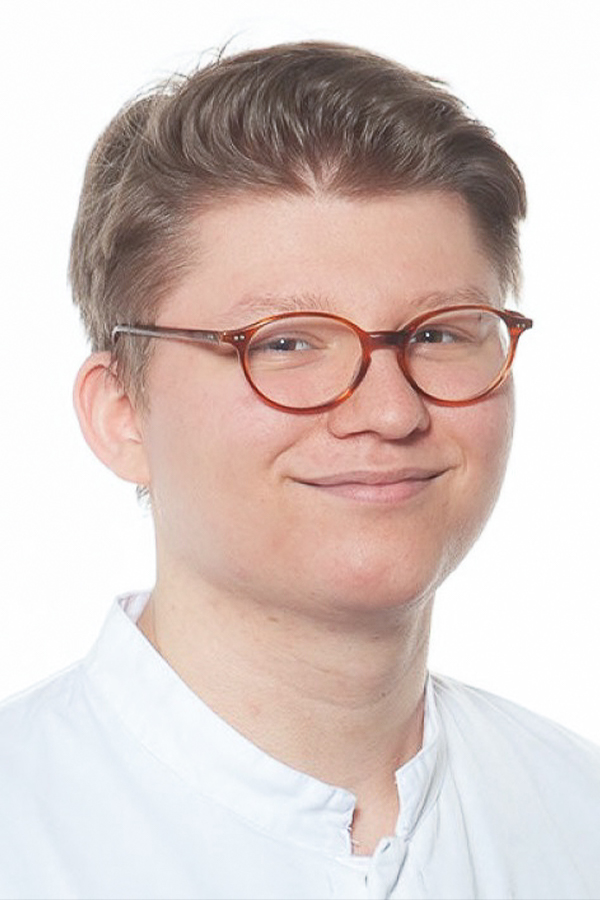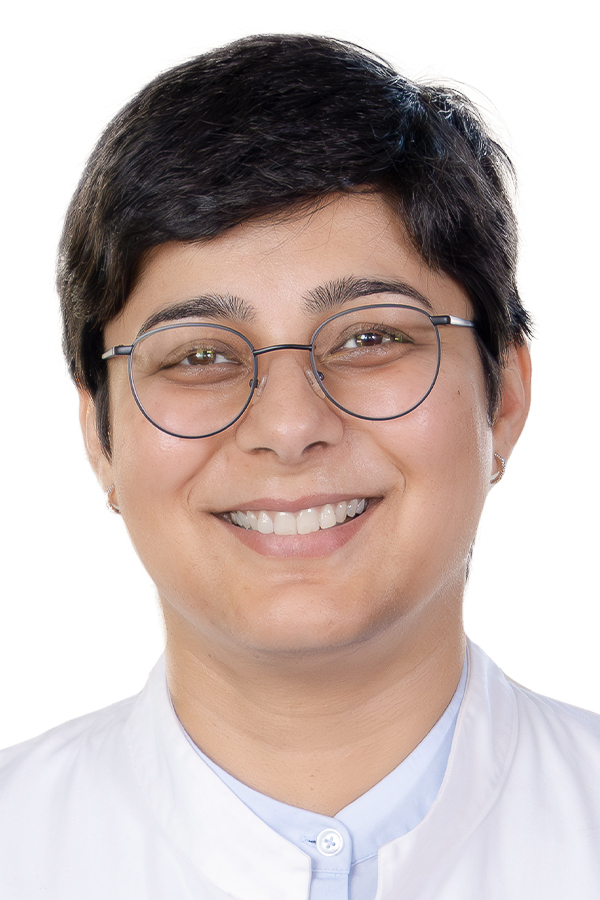Virtual Surgical Planning and Guidance
In surgical planning and guidance, we develop cutting-edge automatic guide design algorithms that assist surgeons in preparing for and executing complex procedures with enhanced precision. These algorithms analyze patient-specific data to generate customized surgical guides that can be 3D printed and used during operations to ensure optimal placement of instruments and implants. Our research also focuses on real-time surgical assistance, where advanced computational tools provide intraoperative guidance, helping surgeons navigate challenging anatomical landscapes more accurately. These innovations improve surgical outcomes, reduce the risk of complications, shorten recovery times, and enhance the overall safety of surgical interventions.








